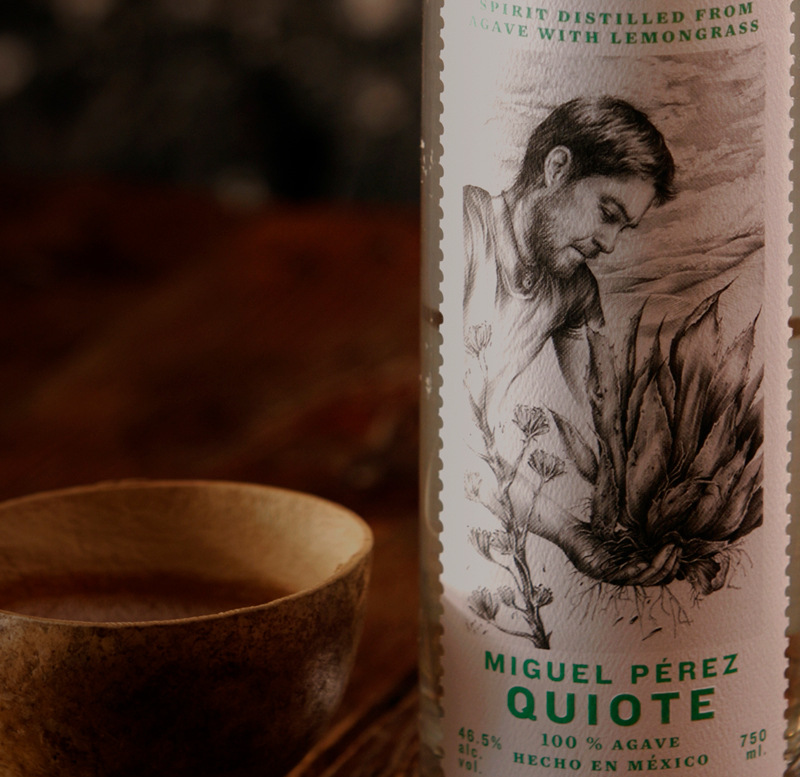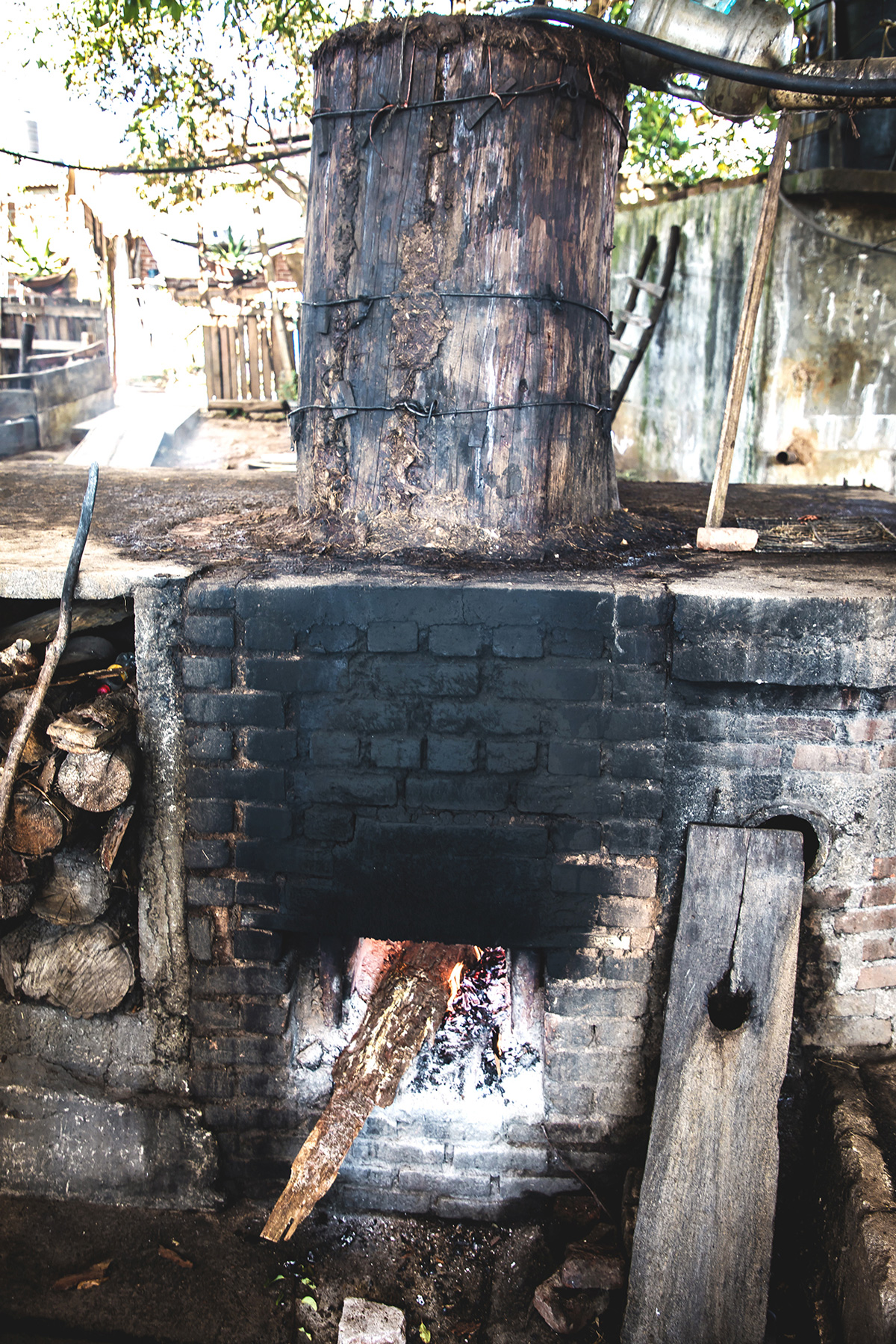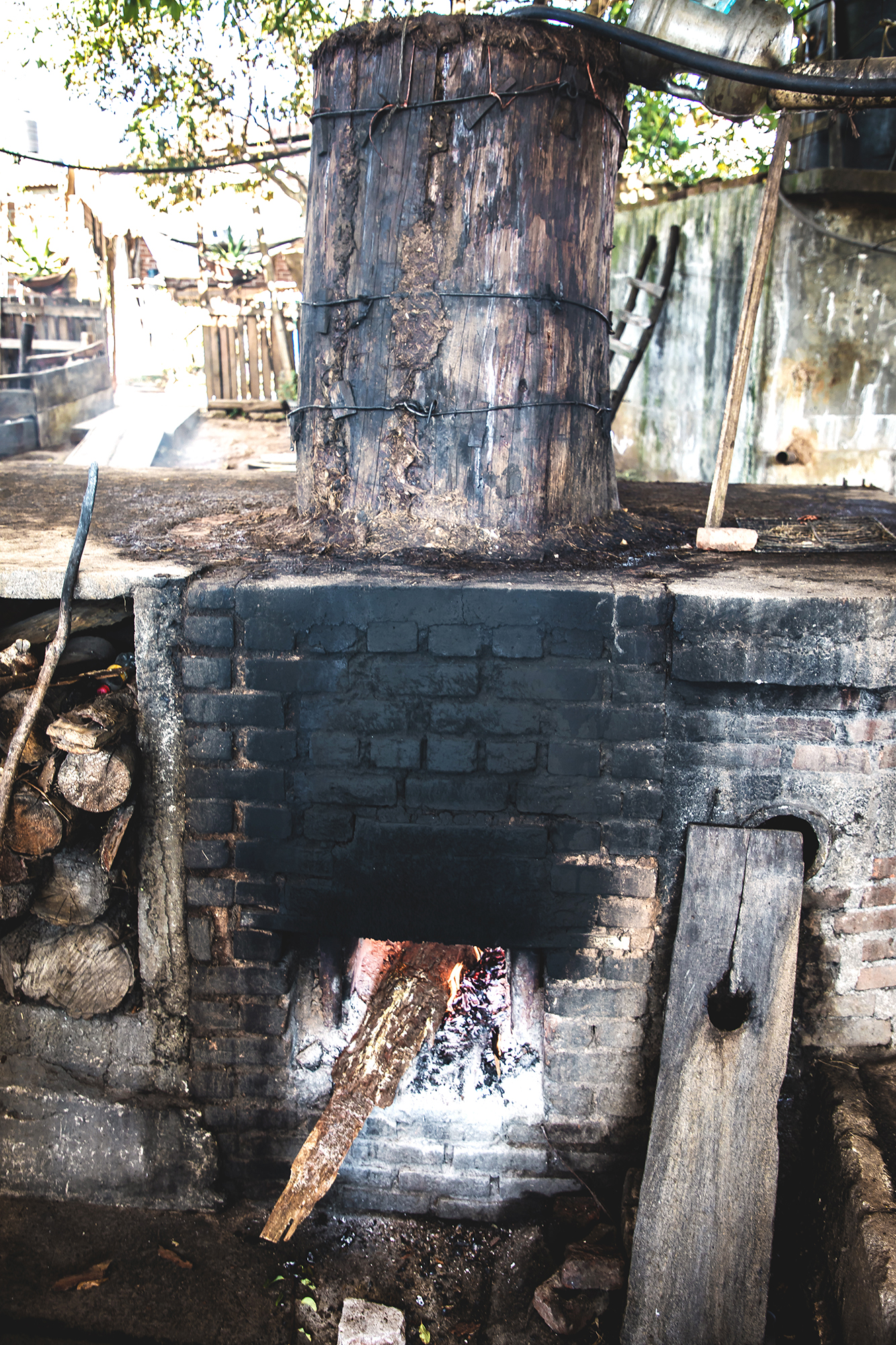siembra metl

siembra metl

Siembra Metl is currently featuring maestro Jorge Pérez and his family. Jorge and his son Miguel distill just meters away from their home, planting and harvesting agave in the surrounding area as they work.

Siembra Metl is currently featuring maestro Jorge Pérez and his family. Jorge and his son Miguel distill just meters away from their home, planting and harvesting agave in the surrounding area as they work.
Each unique small batch features:
Roasting
Earthen pit
Ancestral mezcal practice is to fire wooden coals at the base of a pit, cover them with agave fibers, pile on raw agave, cover with leaves and fabric, and then bury the entire mound. After five or so days, when the trapped heat has roasted the agave, it’s all dug up and the agaves are macerated and fermented.
Roasting
Earthen pit
Ancestral mezcal practice is to fire wooden coals at the base of a pit, cover them with agave fibers, pile on raw agave, cover with leaves and fabric, and then bury the entire mound. After five or so days, when the trapped heat has roasted the agave, it’s all dug up and the agaves are macerated and fermented.

Extraction
Mallets and Canoes
Mezcaleros use handheld oak mallets to mash roasted agave in hollowed out “canoes.” The canoes fill with agave fibers and juice, and are then drained into the fermentation tank. Different types of wood (Jorge Pérez uses eucalyptus, willow, and oak) impart different flavors.

Extraction
Mallets and Canoes
Mezcaleros use handheld oak mallets to mash roasted agave in hollowed out “canoes.” The canoes fill with agave fibers and juice, and are then drained into the fermentation tank. Different types of wood (Jorge Pérez uses eucalyptus, willow, and oak) impart different flavors.
Fermentation
Brick Basin w. Pulque and Spring Water
Pulque is fermented agave sap. It’s a traditional central-Mexican drink, and it’s an effective starter for mezcal fermentation, though that’s an uncommon use in this region. Using brick helps carry over yeast from each fermentation, aiding the process and developing complex flavors.


Fermentation
Brick Basin w. Pulque and Spring Water
Pulque is fermented agave sap. It’s a traditional central-Mexican drink, and it’s an effective starter for mezcal fermentation, though that’s an uncommon use in this region. Using brick helps carry over yeast from each fermentation, aiding the process and developing complex flavors.

Distillation
Oyamel and Ash Filipino-Style Still with Copper Serpentine
The brutal Manilla-Mexico slave trade brought Filipino families in the 1500s, and they brought experience distilling fermented coconut. They introduced their wooden still designs to the also-enslaved indigenous Mesoamericans, who often distilled in clay. Wood stills became popular, and still are among ancestral producers.

Distillation
Oyamel and Ash Filipino-Style Still with Copper Serpentine
The brutal Manilla-Mexico slave trade brought Filipino families in the 1500s, and they brought experience distilling fermented coconut. They introduced their wooden still designs to the also-enslaved indigenous Mesoamericans, who often distilled in clay. Wood stills became popular, and still are among ancestral producers.
Why So Much Info?
Production methods vary widely in tequila, and they impact sensitive ecosystems, the health of the industry and labor, and most certainly flavor. Informed consumers can seek out better tasting spirits that are better for the world.
Why So Much Info?
Production methods vary widely in tequila, and they impact sensitive ecosystems, the health of the industry and labor, and most certainly flavor. Informed consumers can seek out better tasting spirits that are better for the world.
We write our methods on every bottle
We share this information so consumers can seek out better tasting spirits that are better for the world. We’re the only brand that does all this, but we hope that soon enough there will be more.
